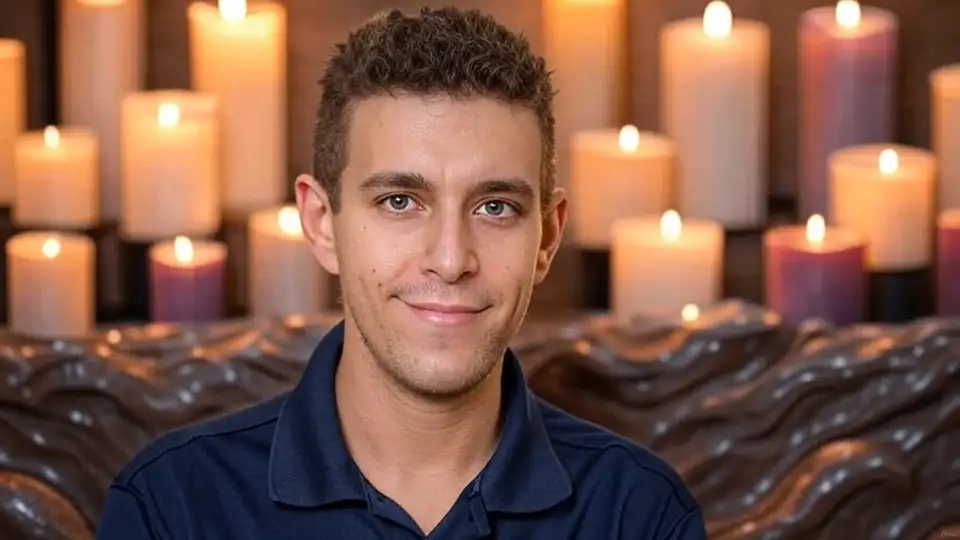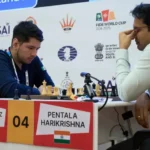Nearly a month after the tragic passing of chess grandmaster Daniel Naroditsky at age 29, many fans continue to ask the same question: why hasn’t the official cause of death been announced?
The short answer is that this is normal, especially in cases involving a possible suicide or drug overdose. The longer answer involves police procedure, medical examiner timelines, legal privacy rules, and the intense public attention surrounding the case.
Below is a clear explanation of the main reasons.
1. Toxicology Testing Takes Weeks — Sometimes Months
Both the NBC News and Newsweek reports confirm that police are investigating Naroditsky’s death as a possible suicide or overdose, but no cause has been determined. In the United States, when drugs or self-harm are possible factors, the medical examiner must order comprehensive toxicology tests.
These tests typically take:
- 4–8 weeks in normal cases
- 8–12+ weeks when testing is complex or labs are backlogged
Toxicology involves:
- Screening for dozens of substances
- Confirming exact quantities
- Running confirmatory tests (GC/MS or LC/MS)
- Reviewing medical history and scene evidence
Until toxicology results come back, the medical examiner cannot legally assign a cause of death.
So the delay is routine, not suspicious.
2. The Case Is Legally Classified as “Active and Ongoing”
The Charlotte-Mecklenburg Police Department told Newsweek that the investigation is still active. As long as a case is open, authorities usually do not release partial or speculative information, because:
- a premature statement could later prove inaccurate
- investigators must protect the integrity of the case
- releasing information early could interfere with interviews or legal processes
When suicide or overdose is suspected, police procedures are even more cautious.
3. The Medical Examiner Must Rule Out Multiple Possibilities
The initial police report lists several possible categories:
- Suicide
- Overdose
- Sudden death
- Natural causes
This means the medical examiner cannot simply declare one cause without eliminating the others. Sudden cardiac issues, medication interactions, or undiagnosed conditions can sometimes mimic overdose symptoms.
To avoid misdiagnosis, examiners must complete a full forensic review, which takes time.
4. High-Profile Cases Are Treated With Extra Caution
Naroditsky’s death drew global attention due to:
- his status as a beloved grandmaster
- his huge online following
- the ongoing controversy involving Vladimir Kramnik
- the emotional reactions from the chess community
When a case is in the public spotlight, officials take extra care to avoid mistakes or rushed conclusions. A high-profile ruling must be precise, defensible, and fully documented, because it will face intense scrutiny.
This almost always slows the timeline down.
5. The Family Has Requested Privacy
Statements from Naroditsky’s family and the Charlotte Chess Center emphasized a request for privacy, especially in the earliest days.
While this does not override legal reporting requirements, it often influences how and when information is communicated. Police and medical examiners typically notify the family first and allow them time before releasing details publicly.
Daniel Naroditsky’s older brother, Alan Naroditsky, expressed the family’s grief in a statement to NBC News, saying: “His death is a huge loss to us all. To the world, Daniel is the chess grandmaster, passionate commentator, and the gifted educator who we know and love… He was my best friend, and one of the best human beings I have ever known.”
Their mother, Elena Naroditsky, also spoke about the emotional strain her son endured from the repeated cheating accusations. In an interview with the Daily Mail, she shared: “There was nothing more important to Daniel than his dignity and his name as a chess player. And the ex-world champion was trying to say he’s a cheater… Daniel tried to defend himself so much. The whole world was on Daniel’s side. He played more and more because he was trying to prove that he’s not what he was accused of.”
6. Mental-Health-Related Deaths Are Handled with Additional Sensitivity
Because the case involves a possible suicide, authorities follow stricter guidelines to prevent harmful speculation or misinformation. Many jurisdictions purposely avoid releasing partial findings until the ruling is final.
This protects:
- the family
- the accuracy of the investigation
- the public from dangerous rumors
7. The Kramnik Controversy May Increase Caution
Although police have not suggested that foul play was involved, the case sits in the middle of a heated global debate over online cheating accusations and the conduct of Vladimir Kramnik.
Because:
- FIDE opened an investigation into Kramnik’s actions
- Kramnik made public claims about Naroditsky just before and after his death
- Journalists and fans are closely linking the two stories
Authorities likely want to ensure that their findings are airtight, leaving no room for misinterpretation, lawsuits, or politicization.
This can slow down how quickly information is released.
8. Nothing Indicates a Cover-Up — Just Standard Procedure
Some fans are worried that the delay is suspicious. But every detail reported so far aligns with standard forensic timelines in the U.S.:
- sudden death
- possible overdose
- ongoing toxicology
- active police case
- high-profile individual
- privacy and sensitivity concerns
In similar cases, it is common for the official ruling to be released 6–12 weeks after the death.
I’m the senior editor of Attacking Chess, a keen chess player, rated above 2300 in chess.com. You can challenge me or asking questions at Chess.com.






